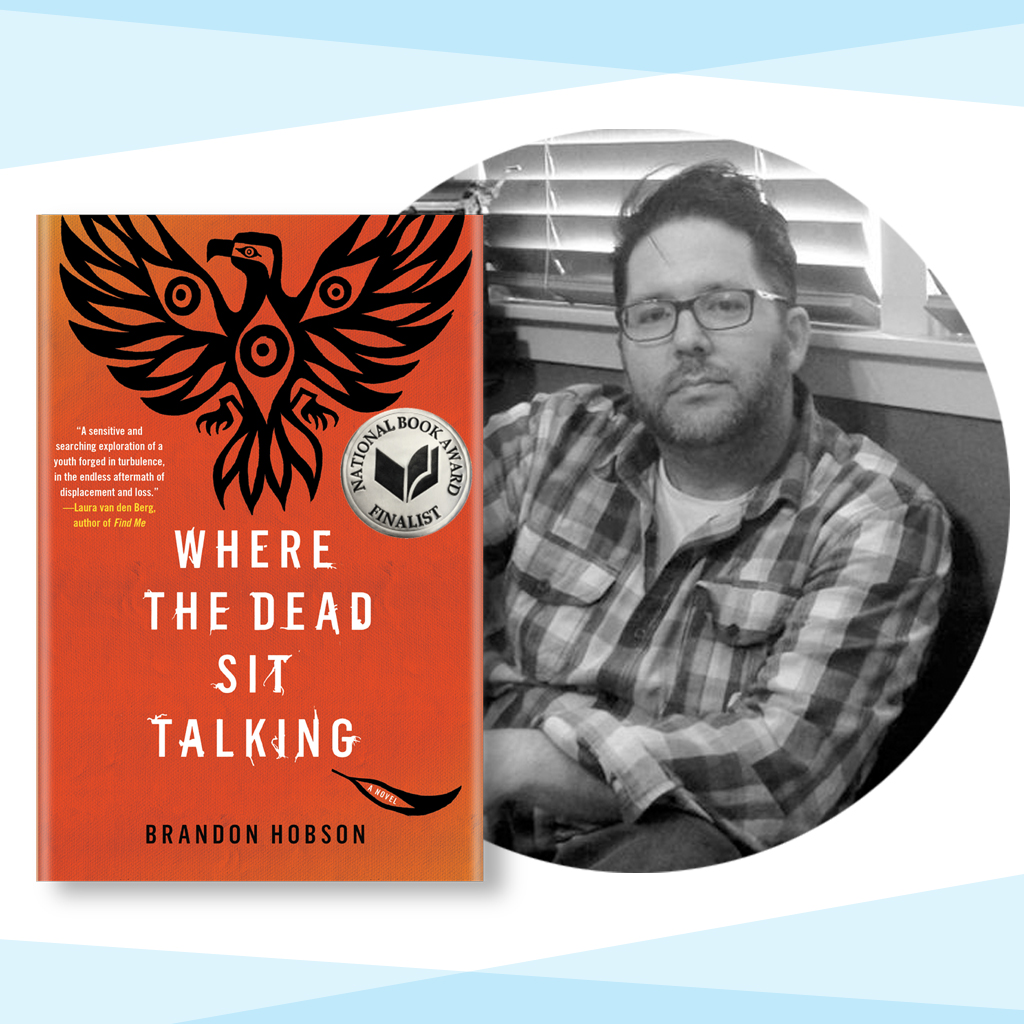

I heard her say my name and I wondered whether we were communicating on some higher level of consciousness.

I heard Rosemary’s voice in my head, instructing me to breathe slowly. I couldn’t think of what to say to Rosemary. At once elegant and straightforward, poetic and cold in a way that approximates noir, Hobson’s writing in Where the Dead Sit Talking constantly occupies the traumas of the past, the present, and a place that belongs inside Sequoyah’s brain:įrom the window, I watched the drizzle come down in the yellow glow from the house light. Sure, this novel, like all his previous work, is full of nuanced, fully developed characters and packed with good dialogue and superb descriptions, but the writing is what brings all of it together. The first thing that needs to be discussed in any review of Hobson’s work is the writing itself.

As Sequoyah’s feelings toward Rosemary grow in unexpected and strange ways, their past traumas threaten to obliterate the bit of calm they have been able to find at the Troutts’ home. This changes a bit when he starts talking to Rosemary, who also comes from a Native American background and shares with him a tumultuous past inside the foster care system. As a result, the youngster, keeps mostly to himself and observes everything while quietly walking in the woods, repressing his feelings, wondering about his mother, and enjoying a few furtive cigarettes. He has been scarred by his mother’s years of substance abuse, and those scars are in his soul as well as all over his face. Not having a father, Sequoyah is placed in foster care with the Troutt family, where he shares a house with the couple, Agnes and Harold, and two other children like him, Rosemary and George. Sequoyah is a fifteen-year-old Cherokee boy whose mother is sent to jail. In Where the Dead Sit Talking, Hobson is once again in fine form, delivering a lyrical, somewhat brutal, and very touching coming of age story set in rural Oklahoma in the late 1980s. Gloom, bizarre events, and beautiful-yet-unpretentious writing are the translucent shellac covering of a style that hides a raw, beating heart full of longing at it’s center. Like the tone of my favorite guitarists, some authors possess voices I immediately recognize.


 0 kommentar(er)
0 kommentar(er)
